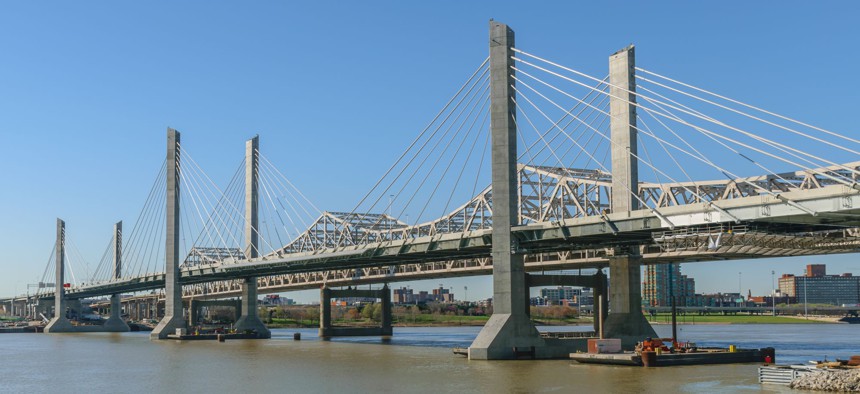Private Investment in Public Infrastructure: Trust and Funding Present Obstacles

Shutterstock

Connecting state and local government leaders
With questions about Trump’s infrastructure plans in the backdrop, a group of experts discussed public-private partnership deals at an event in Washington, D.C. on Monday.
WASHINGTON — Many governments and investors remain circumspect toward one another when it comes to deals that involve using private money to help finance infrastructure.
That's the view a top transportation official for the state of Virginia shared at an event in the nation’s capital on Monday. “I think the biggest problem we all face is: governments tend to be distrustful of the private sector when they’re coming in and making all these promises,” Nick Donohue, the state’s deputy secretary of transportation, said as he discussed public-private partnerships.
“And the private sector’s not sure that they want to do a deal with you,” he added. “They’re not sure whether or not you will keep your deal and whether or not they can trust you long-term.”
Donohue made his remarks during a panel discussion about U.S. infrastructure held as part of the National Association of Regional Councils’ 2017 National Conference of Regions.
Monday’s talk took place at a time when there is intense interest among state and local officials in how President Trump’s stated support for sizable new investments in U.S. infrastructure—like highways and airports—will unfold in the months and years ahead.
A paper written by two of the president’s advisers during his campaign last year emphasized federal tax credits as a way to spark significant private sector investment in public works. But details about what Trump’s formal infrastructure proposals will look like remain sparse.
Michael Decker is managing director and co-head of the municipal division at the Securities Industry and Financial Markets Association, a trade organization for banks and financial broker-dealers active in capital markets.
His comments during Monday’s panel discussion suggested that tax incentives may not be the missing ingredient when it comes to attracting private investors to infrastructure projects.
“The way that we see the problem is not really a financing problem,” he said. “There’s no shortage of capital in the world, or in the country, to invest in infrastructure.”
Decker added: “The problem is funding.”
He explained that funding can include federal, state or local government money put toward the cost of a project, as well as revenues tied to a project that can be used to repay investors or to cover operating and maintenance costs. An example of this sort of revenue would be tolls.
Donohue said that public-private partnerships can sometimes look “like a really easy way to avoid doing the hard thing, which is raising revenue.”
“You’re going to need a repayment source,” he added. “You’re really just kind of deciding what type of revenue you want to raise.”
Peter Peyser, of the public affairs and lobbying firm Peyser Associates, Inc., said during the panel discussion that it would be important for regional leaders to make clear to their congressional delegations, and others in Washington, the scope of what private financing will help accomplish when it comes to completing infrastructure projects.
“I think there’s a misperception among a lot of people here,” he said, “that that particular tool is of such significant benefit that it would maybe not eliminate but significantly reduce the need for federal funding, direct federal funding.”
Bill Lucia is a Senior Reporter for Government Executive’s Route Fifty and is based in Washington, D.C.

NEXT STORY: Farming resources delivered via cloud





